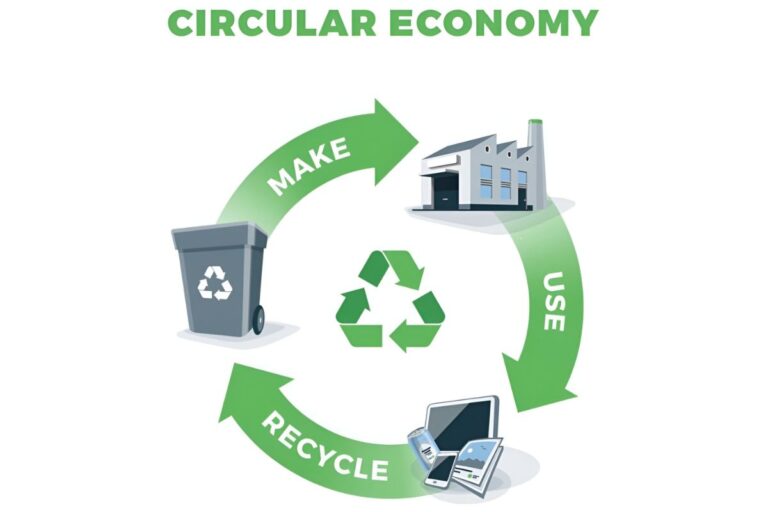The advent of electric vehicles (EVs) has marked a significant shift towards sustainable transportation. However, one of the critical challenges hindering widespread adoption is the need for efficient and convenient charging solutions. Wireless or inductive charging emerges as a promising technology, offering a hassle-free, cable-free way to power EVs.
This blog explores wireless charging technologies for EVs from an Autotronics perspective, discussing the principles, current developments, benefits, challenges, and future outlook of this innovative approach.
Principles of Wireless Charging
Wireless charging for EVs operates on the principle of electromagnetic induction. Here’s a breakdown of the key components and processes:
- Transmitter Coil: Embedded in the ground or charging pad, connected to a power source.
- Receiver Coil: Installed in the EV, aligned with the transmitter coil.
- Electromagnetic Field: When the transmitter coil is energised, it creates an alternating electromagnetic field.
- Inductive Coupling: The receiver coil captures this field and converts it back into electrical energy to charge the vehicle’s battery.
The efficiency of this process depends on the alignment of the coils and the distance between them.
Current Developments in Wireless Charging Technologies
Several advancements in wireless charging technologies are shaping the future of EVs:
- Static Wireless Charging: This is the most common form, where the vehicle remains stationary over a charging pad. Companies like Qualcomm and WiTricity are pioneering this technology, achieving efficiencies of over 90%.
- Dynamic Wireless Charging: This innovative approach allows EVs to charge while in motion. This technology involves embedding transmitter coils in roadways. While still in experimental stages, it promises to eliminate range anxiety by providing continuous power on-the-go.
- Resonant Inductive Coupling: By using resonant inductive coupling, researchers are enhancing the range and efficiency of wireless charging. This method reduces energy loss and can transfer power over greater distances compared to traditional inductive coupling.
- Standardisation and Interoperability: Organisations like SAE International and CharIN are working on establishing universal standards for wireless charging to ensure compatibility across different vehicle models and charging infrastructure.
Benefits of Wireless Charging for EVs
The adoption of wireless charging technologies offers numerous benefits, including:
- Convenience: Eliminates the need for cables and plugs, simplifying the charging process.
- Safety: Reduces the risk of electric shock and trip hazards associated with traditional charging cables.
- Aesthetics and Urban Planning: Enables seamless integration into urban environments without the clutter of charging stations.
- Reduced Wear and Tear: Minimises physical connectors’ wear, extending the lifespan of charging infrastructure.
Challenges and Limitations
Despite its advantages, wireless charging for EVs faces several challenges:
- Efficiency and Energy Loss: Wireless charging is generally less efficient than wired charging, leading to energy loss.
- Cost: The technology is expensive to develop and deploy, both for vehicles and infrastructure.
- Alignment Issues: Precise alignment between the transmitter and receiver coils is crucial for optimal performance.
- Infrastructure Development: Widespread adoption requires significant investment in infrastructure, including retrofitting existing roads and developing new ones.
Future Outlook
The future of wireless charging for EVs looks promising, with ongoing research and development aimed at overcoming current limitations. Key trends and predictions include:
- Improved Efficiency: Advances in materials and technology will likely enhance the efficiency of wireless charging systems.
- Integration with Autonomous Vehicles: Autonomous EVs could benefit significantly from wireless charging, as they can align themselves perfectly over charging pads.
- Public and Private Sector Collaboration: Partnerships between governments, private companies, and research institutions will be crucial in developing and standardising wireless charging infrastructure.
- Smart Charging Systems: Integration with smart grids and IoT could optimise charging schedules, reduce grid strain, and improve energy management.
Sushen Mohan Gupta: Driving Innovation at Deva Autotronics
Sushen Mohan Gupta, the CEO of Deva Autotronics, is a leader in the EV industry. Under his leadership, Deva Autotronics has been pioneering advancements in wireless charging technology, making it more efficient and accessible. His vision is to revolutionise how we charge electric vehicles by focusing on user convenience and advanced technology. His passion for innovation is evident in Deva Autotronics’ latest projects, which align perfectly with the principles discussed in our blog.
By addressing current challenges and pushing for industry standards, Sushen is paving the way for a future where wireless charging becomes the norm, seamlessly integrating into our everyday lives and urban landscapes.
Wrapping Up!
Wireless charging technology represents a revolutionary step forward for the electric vehicle industry. While challenges remain, the potential benefits in terms of convenience, safety, and urban integration make it a promising solution for the future. Continued advancements and collaboration across sectors will be essential in making wireless charging a viable and widespread option for powering the next generation of electric vehicles.






